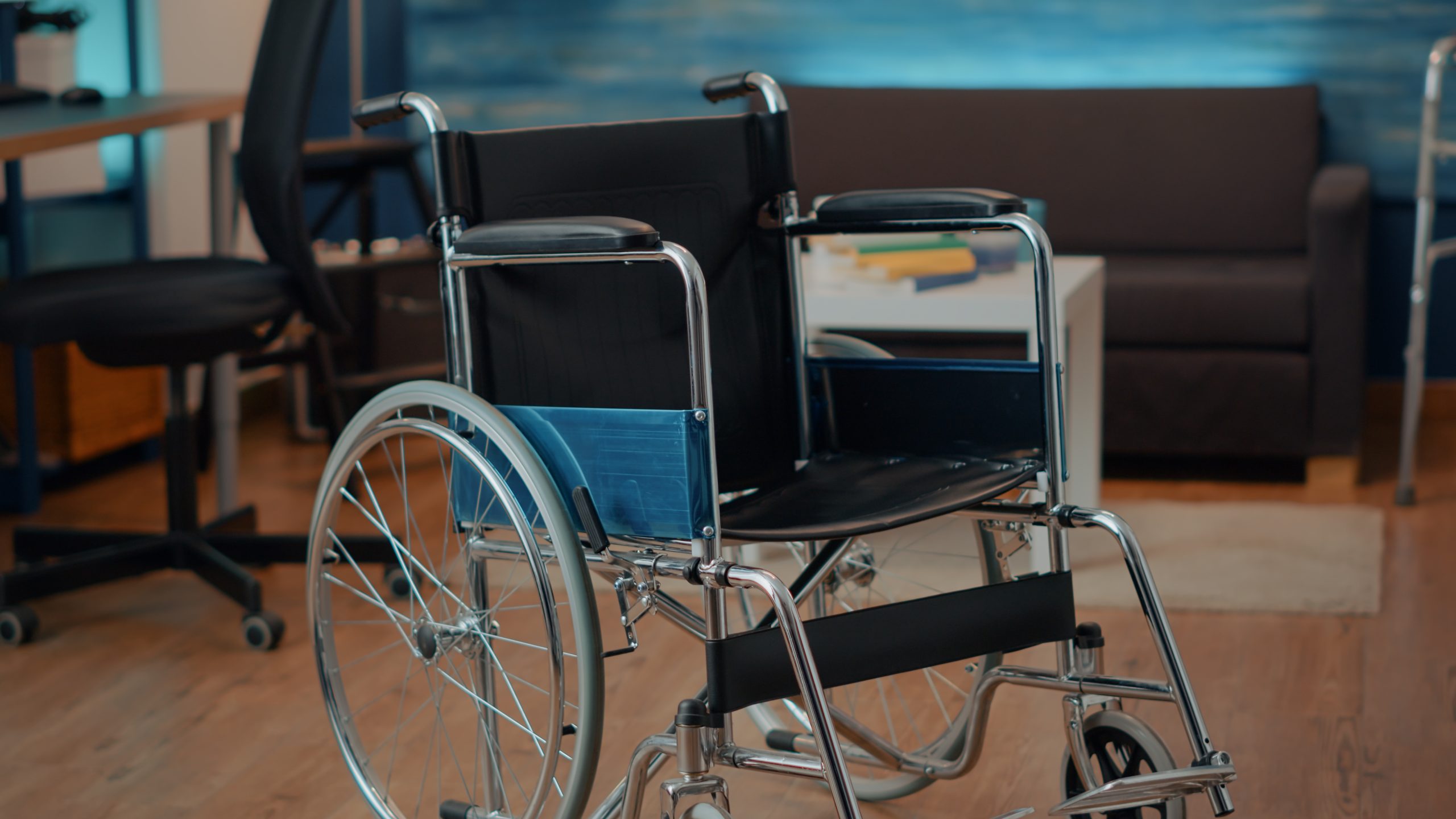As we age, our bodies undergo various changes that can affect our mobility and daily activities. Understanding these changes can help in addressing them early and ensuring a healthier aging process.
The Anatomy of Aging
As we age, our bodies tend to get stiffer and less flexible. One of the primary reasons why standing becomes more challenging is the tightening of tendons around our joints and the deterioration of cartilage. This process is further exacerbated by a reduction in synovial fluid within the joints, essential for smooth joint movements.
Moreover, our muscle mass decreases, especially around crucial muscles like the quadriceps. These muscles, located at the front of your thighs, play a significant role when we sit and stand.
The Power of Physical Activity
The best countermeasure against this deterioration is regular physical activity. Such activities can aid with increasing bone density, ensuring cardiovascular health, and even promoting better mental health.
The Age Factor
According to NHS guidelines, senior citizens should engage in activities that enhance strength, balance, and flexibility. This includes at least 150 minutes of moderate-intensity activity a week or 75 minutes of vigorous activity for those already active.
Doctors further emphasize the importance of stretching. Even if traditional practices like yoga might be challenging for some, simple stretches can significantly improve flexibility and can be easily incorporated into daily routines.
Is the Chair a Killer?
Research dating back some 60 years discovered an alarming trend: bus drivers had twice the number of heart attacks compared to bus conductors. The sedentary nature of the driver’s job, involving long hours of sitting, was identified as the likely culprit.
Today, with the modern desk-bound job culture, adults in the UK, on average, spend seven or more hours sitting daily. As age progresses, these numbers tend to rise, leading to increased risks like heart disease, dementia, and diabetes.
A comprehensive 2016 analysis with data from over a million people suggested a remedy: countering the adverse effects of prolonged sitting by incorporating 60 to 75 minutes of moderate physical activity daily. Simple measures, such as opting to stand while on phone calls or taking walking breaks during meetings, can make a significant difference.
Read More News
How latest Georgia case twist could “crush” Trump
The photo above is from
The post Reasons Why Standing Gets Harder As We Age appeared first on The Independent News.

